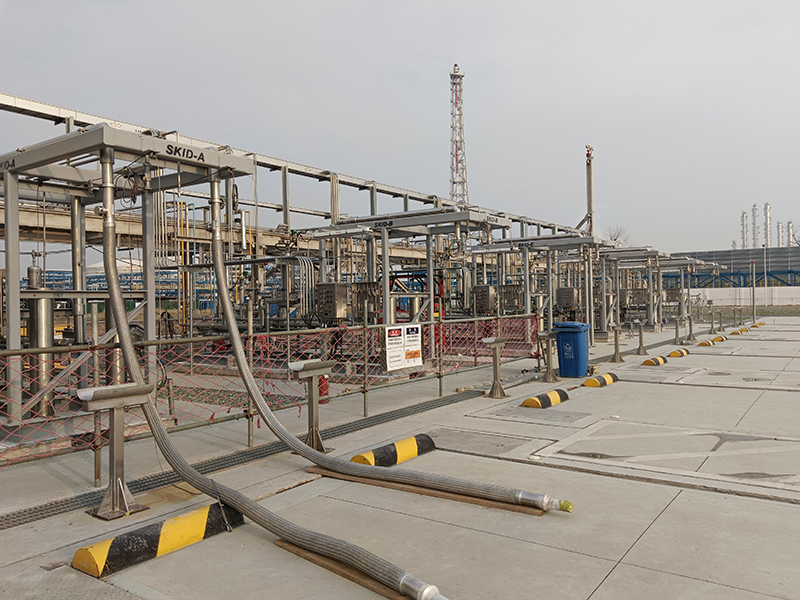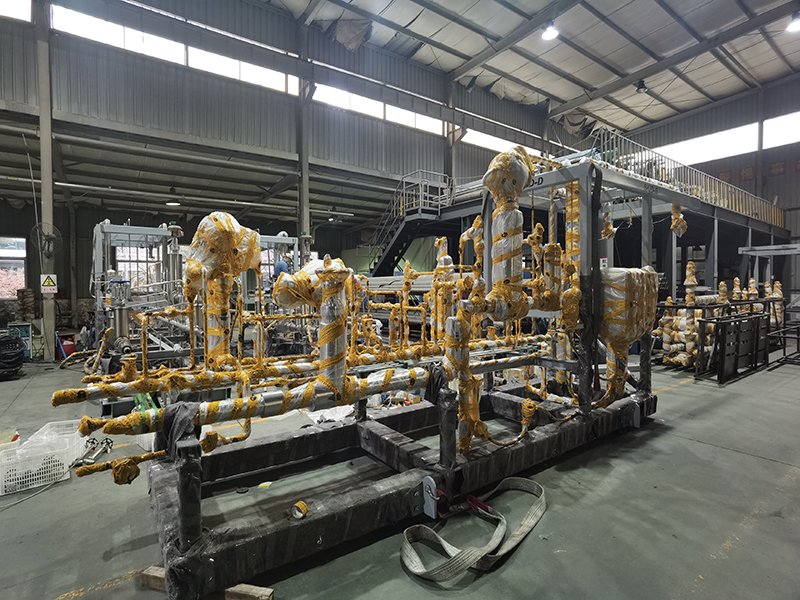Understanding Vacuum Insulated Hose Technology
Vacuum Insulated Hose, often referred to as a vacuum flexible hose, is a specialized solution designed for the efficient transport of cryogenic liquids, including liquid hydrogen (LH2). This hose features a unique construction that comprises an inner tube for transporting the cryogenic liquid, surrounded by an outer jacket, with a vacuum-sealed layer in between. This vacuum insulation minimizes heat transfer, ensuring that the liquid hydrogen maintains its low temperature during transit, which is critical for safety and efficiency in hydrogen applications.
The Importance of Vacuum Insulated Hose in Liquid Hydrogen Applications
Liquid hydrogen is increasingly being utilized as a clean fuel in various industries, including aerospace, automotive, and energy. The effective transportation of LH2 requires specialized equipment that can maintain extremely low temperatures. Vacuum Insulated Hose provides a reliable solution, as its thermal insulation properties prevent boil-off and minimize hydrogen evaporation. This is particularly important in applications such as rocket fuel systems, where maintaining the integrity of liquid hydrogen is essential for performance and safety.

Key Features of Vacuum Flexible Hose for Liquid Hydrogen
The construction of a vacuum flexible hose designed for liquid hydrogen is crucial for its effectiveness. The inner lining is often made of high-quality stainless steel, resistant to cryogenic temperatures, while the outer layer provides additional protection and durability. The vacuum insulation between these layers is what sets it apart from traditional hoses, ensuring minimal thermal conductivity. This unique design not only preserves the temperature of liquid hydrogen but also reduces the risk of frost formation on the hose's surface, enhancing safety during handling.
Applications Across Various Industries
The versatility of Vacuum Insulated Hose makes it suitable for a range of applications involving liquid hydrogen. In the aerospace industry, vacuum flexible hoses are used to transport LH2 to rocket engines, where precise temperature control is crucial for fuel efficiency. In the automotive sector, as hydrogen fuel cell technology gains traction, these hoses are employed in fueling stations to safely transfer liquid hydrogen to vehicles. Additionally, research facilities utilize vacuum insulated hoses for experimental setups requiring the handling of liquid hydrogen, ensuring safe and efficient operation.

Future Trends in Vacuum Insulated Hose Technology
As the demand for clean energy solutions grows, advancements in vacuum insulated hose technology are expected to evolve. Future innovations may include improved materials that enhance insulation performance, increased flexibility for easier installation, and integrated monitoring systems that track temperature and pressure. These developments will further solidify the role of Vacuum Insulated Hose in the liquid hydrogen sector, making it an indispensable component in the transition to sustainable energy.
Conclusion
Vacuum Insulated Hose (vacuum flexible hose) plays a vital role in the safe and efficient transportation of liquid hydrogen across various industries. Its advanced insulation technology and flexible design ensure optimal performance, making it essential for applications ranging from aerospace to clean energy. As technology continues to advance, the importance of vacuum insulated hoses in liquid hydrogen transportation will only increase, supporting the global shift towards sustainable energy solutions.
Post time: Nov-01-2024






